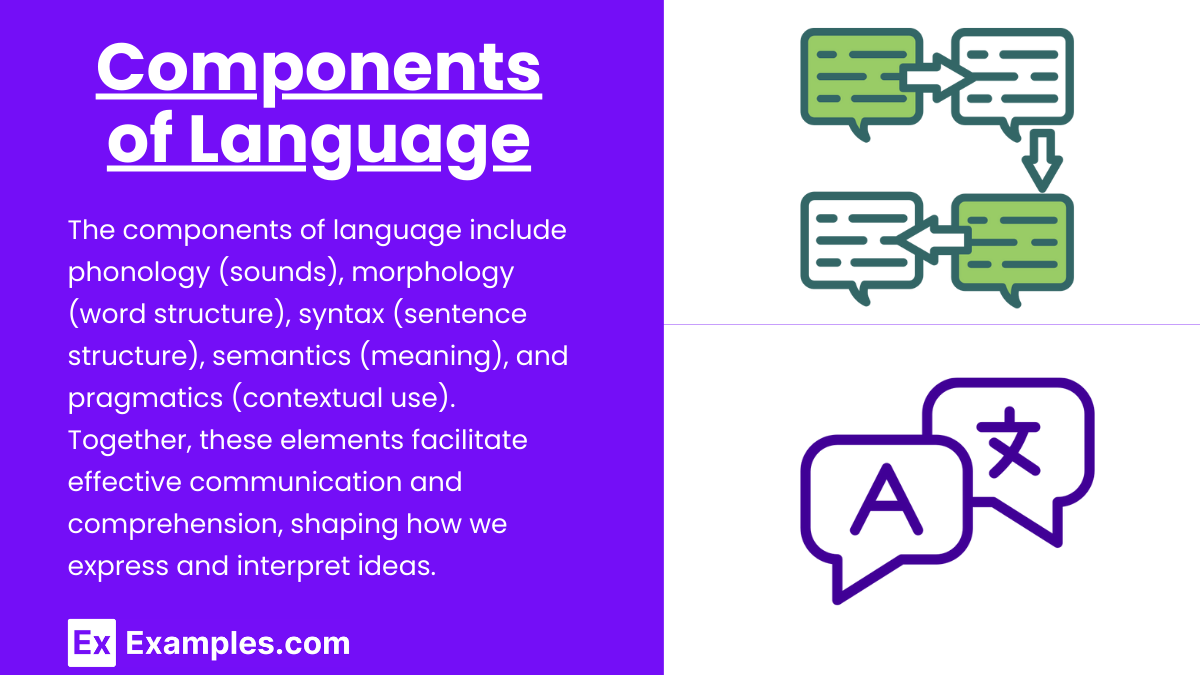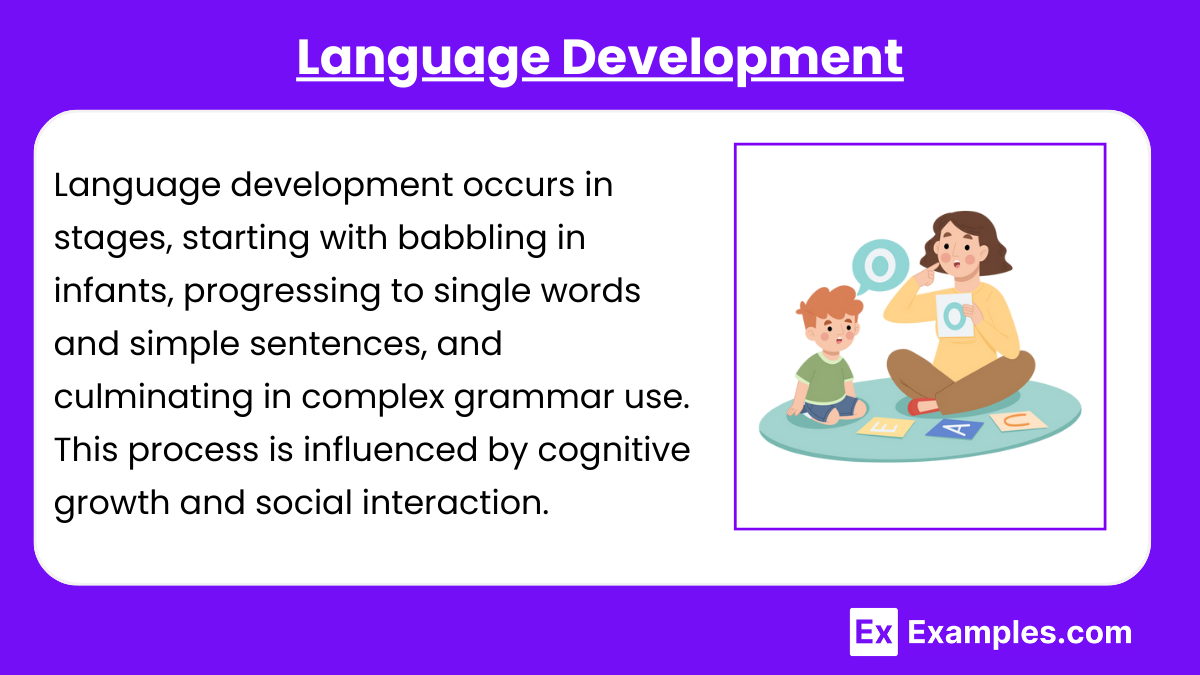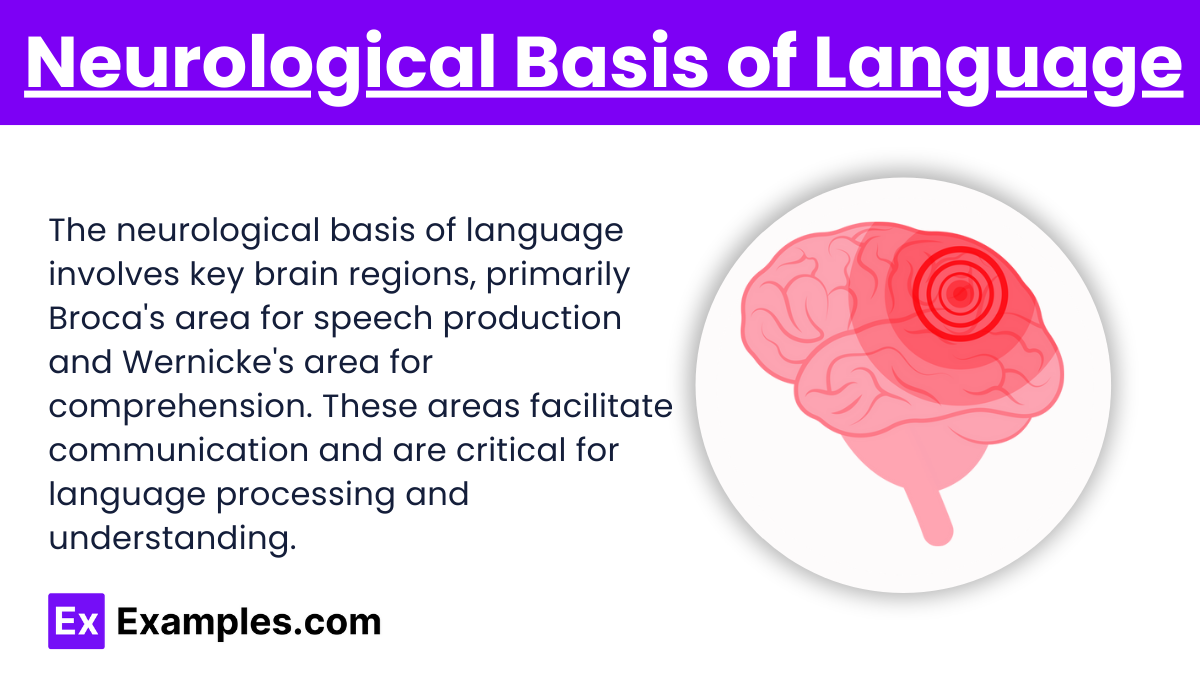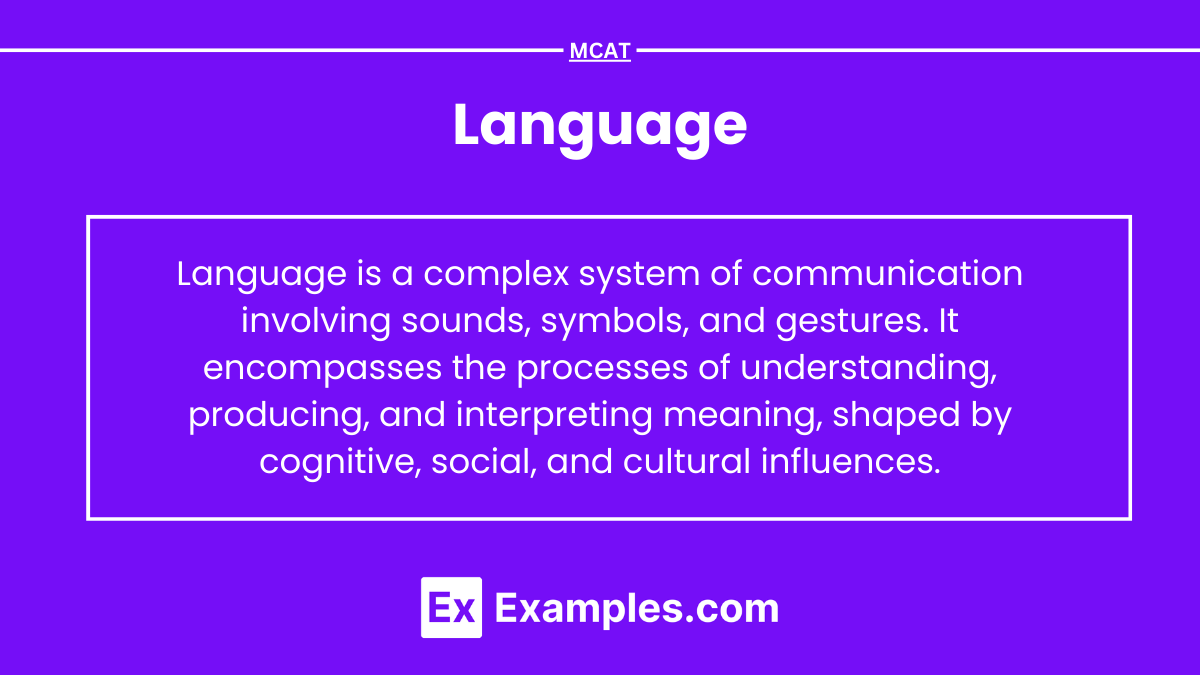Language

- Notes
Preparing for the MCAT necessitates a profound comprehension of language, essential for mastering cognitive and communicative processes. Understanding the mechanisms of language acquisition, neurological underpinnings, and the social aspects of language equips you with crucial insights into human communication, which is vital for excelling on the MCAT and understanding complex psychological functions. Language plays a significant role in cognitive development and social interaction, making it a key topic in understanding human behavior and mental processes.
Learning Objectives
In studying Language for the MCAT, it is crucial to develop an understanding of the mental processes involved in perception, memory, and decision-making. This includes exploring the mechanisms of information processing and the integration of cognitive functions. You should examine the roles of attention and different memory systems, as well as how these interact with one another to facilitate communication and comprehension.
1. Components of Language

Language consists of several key components: phonology (the sound system), morphology (the structure of words), syntax (rules for sentence structure), semantics (meaning of words and sentences), and pragmatics (contextual language use). Understanding these elements is crucial for analyzing how language operates.
2. Language Development

Language acquisition typically follows a series of stages, starting from babbling in infants to the use of telegraphic speech in toddlers. The progression includes single words, two-word combinations, and eventually complex sentences. This development reflects cognitive growth and social interaction.
3. Neurological Basis of Language

Language processing is primarily located in the left hemisphere of the brain, with Broca’s area responsible for speech production and Wernicke’s area for language comprehension. Damage to these areas can result in specific language impairments, such as Broca’s aphasia (difficulty speaking) and Wernicke’s aphasia (difficulty understanding).
4. Theories of Language Acquisition

Several theories explain how language is learned: the nativist theory posits that humans are born with an innate ability for language; the learning theory suggests language is acquired through reinforcement; and the interactionist theory highlights the role of social interaction in language development.
Examples
Example 1: Generation of Language Comprehension
A person listens to a conversation in a crowded room.
If the speaker’s tone and context are strong enough to capture the listener’s attention, neural pathways related to language processing activate, allowing the listener to understand the message and respond appropriately.
Example 2: Role of Semantic Memory
Recalling vocabulary words during a language exam.
The semantic memory system retrieves stored knowledge about word meanings and grammatical structures, enabling effective communication and comprehension when articulating responses or interpreting questions.
Example 3: Effects of Language Interference
Application of bilingualism in cognitive tasks.
Switching between languages can create temporary interference, affecting processing speed and accuracy. This phenomenon highlights how cognitive load can impact language fluency and comprehension during communication.
Example 4: Summation Leading to Language Acquisition
A child learns new words from various sources.
Cumulative exposure to vocabulary from conversations and media leads to semantic summation, where frequent encounters with language concepts enhance the child’s ability to understand and use new words effectively.
Example 5: Hypernymy in Linguistic Categories
Understanding categories of words in language.
High levels of hypernymy (generalization) can lead to difficulties in distinguishing between specific meanings, affecting comprehension and use of nuanced language in conversation.
Practice Questions
Question 1:
What primarily maintains the structure of a language in communication?
A) The influx of new vocabulary through exposure
B) The application of grammar rules through usage
C) The active recall of prior knowledge during conversation
D) The passive listening to others’ speech patterns
Answer: B) The application of grammar rules through usage
Explanation:
The structure of a language in communication is primarily maintained by the application of grammar rules through usage. This active engagement with grammatical norms allows for coherent expression and understanding in conversations.
Question 2:
During the process of language comprehension, what event directly follows the recognition of a word?
A) Contextual clues enhance the understanding
B) Semantic memory retrieves the meaning
C) Phonetic encoding is activated
D) The speaker’s tone influences interpretation
Answer: B) Semantic memory retrieves the meaning
Explanation:
Following the recognition of a word, semantic memory retrieves its meaning, enabling the listener to understand the context and respond appropriately. This process is crucial for effective communication and comprehension in language.
Question 3:
Which of the following techniques would likely enhance language acquisition in a learner?
A) A method that emphasizes rote memorization of vocabulary
B) A technique that encourages immersive language exposure
C) A strategy that isolates grammatical rules from usage
D) A practice that focuses solely on written language
Answer: B) A technique that encourages immersive language exposure
Explanation:
An immersive language exposure technique would likely enhance language acquisition. This approach allows learners to interact with the language in various contexts, facilitating natural comprehension and use, which is essential for effective communication.

